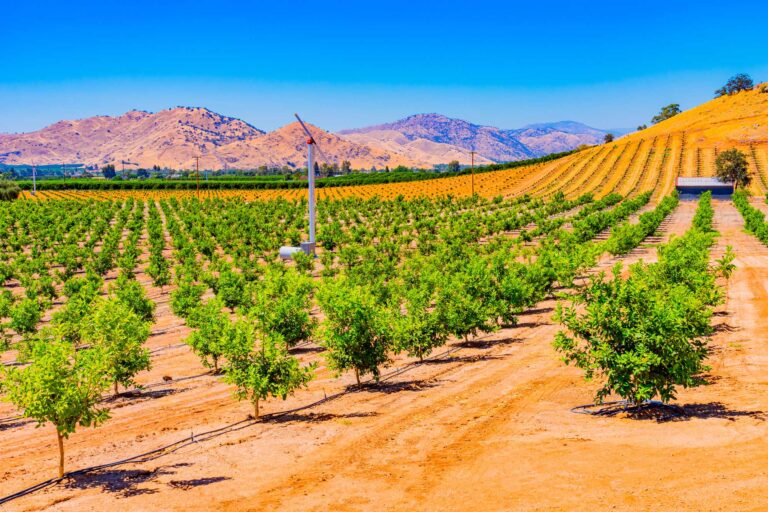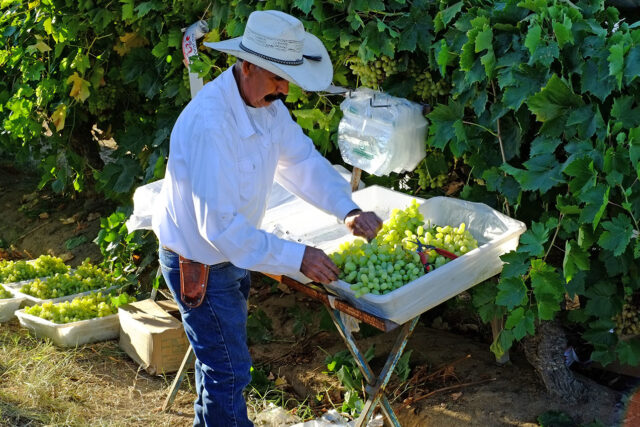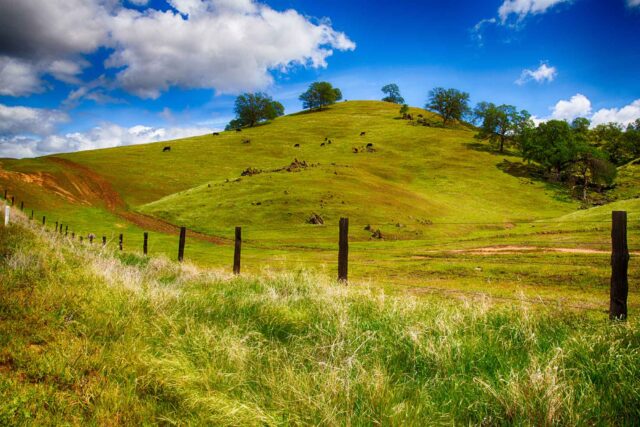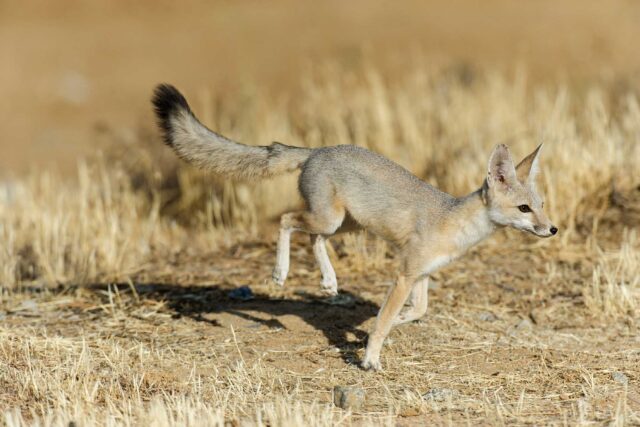Groundwater overdraft and land subsidence are creating problems across the San Joaquin Valley. Nowhere is that more evident than in Tule, where the Friant-Kern Canal is undergoing millions of dollars in repairs due to subsidence-related damage. As the valley seeks to comply with the Sustainable Groundwater Management Act (SGMA) and reduce groundwater pumping, we spoke with two experts who were recently awarded—together with a range of partners—one of the first block grants under the state’s new multi-benefit farmland repurposing program. Eric Limas is the general manager of three irrigation districts and manages two groundwater sustainability agencies (GSAs) in the San Joaquin Valley, and Reyn Akiona is an ecologist and watershed coordinator for the Tule subbasin.
What’s your current strategy for managing water demand, and how is the drought impacting your efforts?
Reyn Akiona: Developing a shared understanding with landowners about the limitation of groundwater supplies is the first step. There’s a legitimate quantitative limit to how much water can be extracted and utilized. Once the community understands the scarcity of the resource, we can talk about land fallowing programs and policies, cover cropping, and restoration—which are all critical to land repurposing.
Eric Limas: In the Tule subbasin, the three GSAs most adjacent to the Friant-Kern Canal have all implemented groundwater allocation and accounting policies: we’re now into the third year of pumping restrictions. Drought has definitely affected things. We went into implementation hoping for wetter—or at least regular—hydrology. But it hasn’t happened that way: the drought has put pressure on landowners to live with limited groundwater allocations without much surface water supply to supplement.
How are you thinking about supply? Can habitat restoration play a role in augmenting supplies, or in developing new supplies?
EL: You used to be able to count on some wet and some dry years, and most years had a manageable surface water supply. But in the last decade, we’ve seen either no water, or a lot of water to manage. We need to build out our distribution systems so that when wet years arrive, landowners can recharge on their farms and earn credit, storing water for later use. We’re developing policies to incentivize that.
Land fallowing and restoration shrink demand and grow the water supply for lands being actively farmed. We hope to minimize land retirement, keep the most productive lands in production, and do restoration on less-productive lands that will benefit from it. Balance and partnerships are needed.
RA: Wetland and groundwater-dependent ecosystem restoration is a multi-benefit process that boosts resilience for riparian wetland ecosystems while also recharging the aquifer. Riparian areas along waterways of the Tule subbasin, like Tule River and Deer Creek, could actively recharge aquifers. You’d need a program that incentivizes wildlife-friendly recharge over farming, though—it has to make sense for the landowner.
What’s the connection between land fallowing and habitat restoration in the Tule basin and more generally in California?
RA: We’re looking at fallowing large swaths of land in the southern San Joaquin Valley due to limited water. What do you do with all this fallowed land? This is the biggest change to land use in California’s history since the Central Valley Project brought new supplies to the San Joaquin Valley starting in the 1950s. Where can land be fallowed to supply the most wildlife benefit? It’s no accident that the Capinero Creek restoration site we’re focusing on is located next to the Pixley National Wildlife Refuge. Fallowing strategically along existing wildlife corridors is a really good way to maximize the wildlife benefit and limit effects. The Nature Conservancy has done a good job highlighting geographies in the subbasin that are especially valuable for conservation.
How do you interact with constituents such as landowners and water users? Have you found a successful engagement strategy?
EL: The most successful engagement strategy has been sending out balance statements and bills for groundwater use. Once landowners start getting those, everyone starts paying attention. Folks then come in one-on-one to walk through the program and its policies. Our staff engineer sat down with several growers to discuss acreage, projected groundwater and surface water balances, and whether certain crops are sustainable or not. Staff is helping individual landowners plan for the future.
RA: The biggest tool that I’ve seen in the cross-stakeholder working environment is empathy. Conservationists and farmers who actively try to empathize with the other position do really well.
What gives you hope? Where are the bright spots?
EL: I’ve been involved in agriculture all my life—family farms and all that—and I’ve watched how family farms can adapt on the fly. It’s always amazed me. Family farms are continuing to do that through the SGMA process. Their engagement and willingness to become sustainable is great.
RA: I’ve really been impressed with discussions around community water security. There’s this statewide undertone that agriculture is averse to water security efforts, but that’s not the case in my recent experience. I believe we can rapidly advance community water security if we prioritize it.




